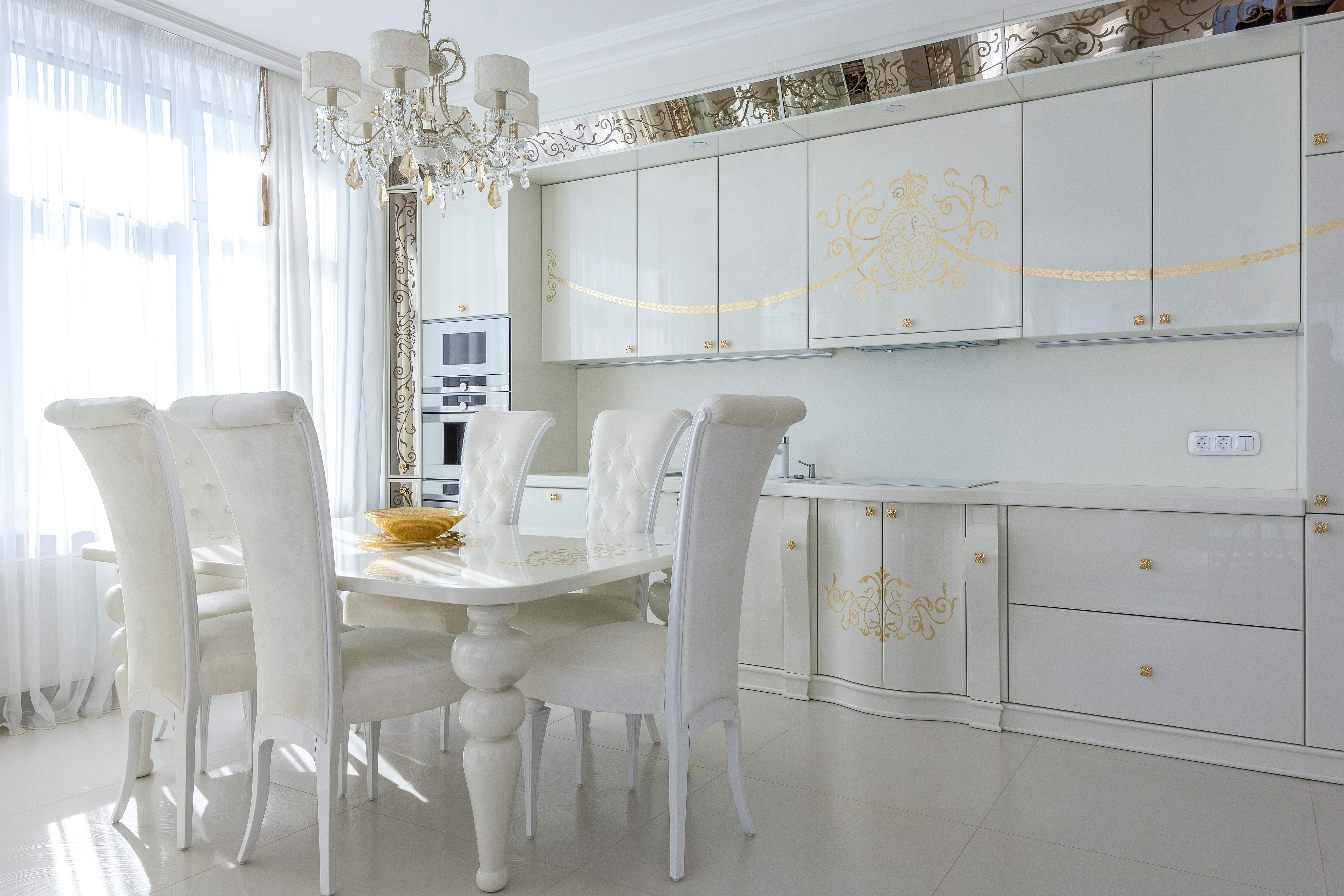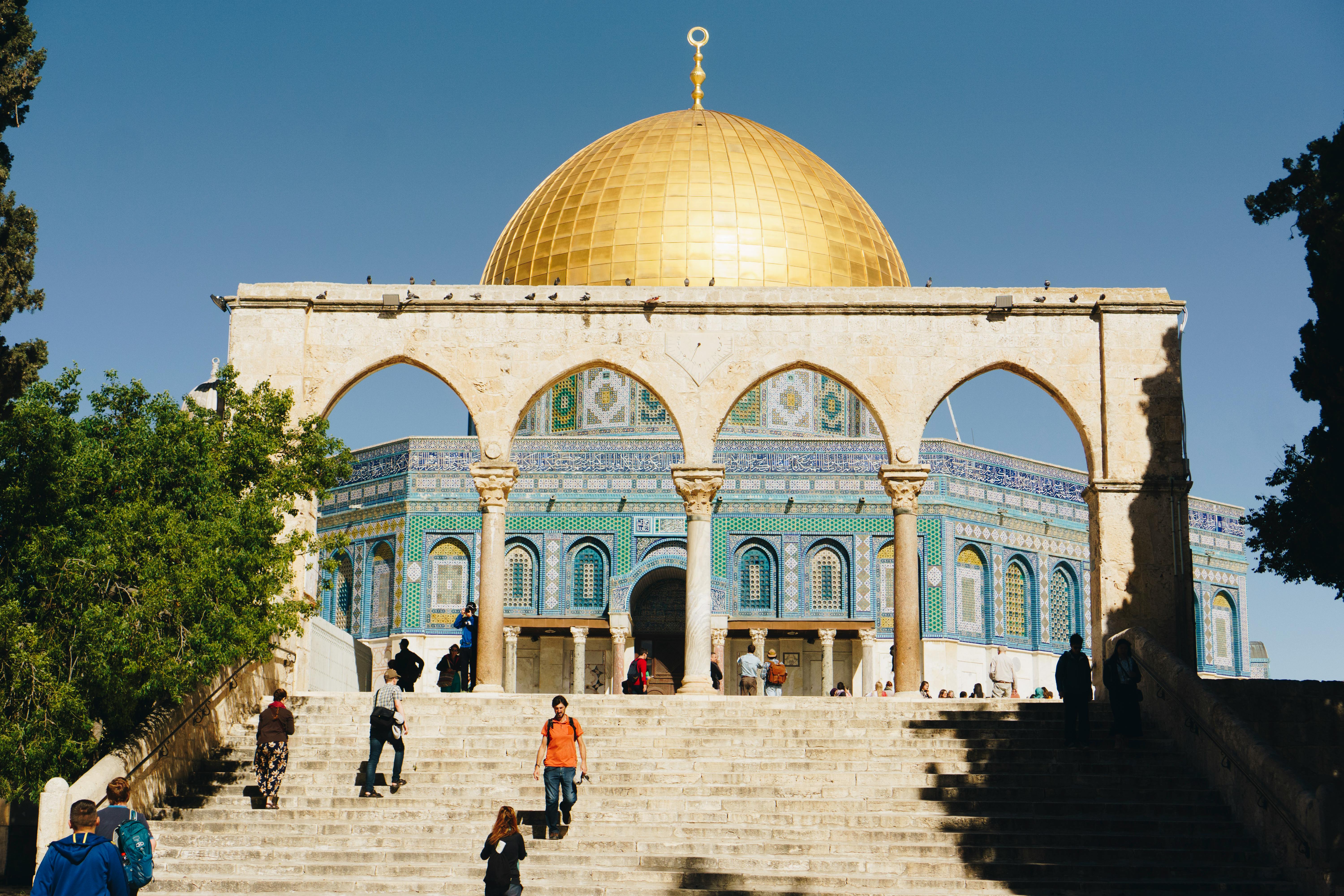The fast-growing Arab capital of Abu Dhabi is the richest and largest of the seven UAE states. The city is located on a T-shaped island jutting out into the Persian Gulf from the west central coast, and has a population of around 900,000. It currently controls 90 percent of the region’s oil wealth, making it one of the world’s largest oil producers.
The economy
Abu Dhabi has the largest fossil fuel reserve in the United Arab Emirates, is the world’s fourth largest producer of natural gas, has the highest per capita income in the world, is home to nearly all of the Arab Fortune 500 companies and currently it has more than 88 billion barrels of proven oil reserves.
However, the emirate is now actively trying to reduce its dependence on oil and diversifying its economy into the financial services and tourism sectors. Billions of pounds have been earmarked for infrastructure projects and the development of residential, leisure and cultural schemes across the oil-rich emirate.
Abu Dhabi is determined to challenge Dubai and establish itself as a major tourist destination, buoyed by its subtropical climate and 700km of coastline of pristine beaches and cultural sites.
Tourist attractions include the Louvre and Guggenheim Museum, a wildlife reserve, a UAE public library, the National Theater and the £13.5 billion Saadiyat Island development.
In 2009, Abu Dhabi will host its first Formula One Grand Prix at Yas Island, which includes a Ferrari theme park. Separately, Aldar Properties will develop a $3bn (£1.5bn) Motor World, including service centers and a museum, as well as offices, hotels and housing for 30,000 people.
David Nicholls of EM Concepts says: “The plans for Abu Dhabi are truly remarkable. The transport infrastructure is also strong and the pockets of the state are bottomless.”
The emirate is served by several major airlines, including British Airways, BMI, Eagle Air, KLM, Etihad Airways, Gulf Air, Qatar Airways, and Lufthansa. By the way, hotel occupancy rates are currently over 80%, up from 60% in 2003.
Obelisk’s James Gonzalez comments: “Abu Dhabi plans to be a premier global tourism destination. Within the next three years, the emirate will see major investment in airport infrastructure, increasing airport capacity from seven million to 20 million passengers. a year by 2011.”
Abu Dhabi’s rapid growth and increasing levels of tourism are driving demand, causing a massive surge in property, similar to the one experienced in Dubai a few years ago.
real-estate market
Unlike neighboring Dubai, where it is feared that there will soon be a total oversupply of properties, Abu Dhabi currently has a housing deficit of about 20,000 units. Housing supply remains tight, partly because Abu Dhabi is not part of a community master plan like the ones Emaar and Nakheel initiated in Dubai.
Carlo Walther, Head of Business Development at Rightmove Overseas, comments:
“From an investor’s point of view, Abu Dhabi has several serious advantages… With a $200 billion investment program slated for the next 10 years, it’s no wonder there’s so much excitement around this market.”
Tightening supply relative to demand, combined with rising construction material and labor costs, effectively forced average property prices in Abu Dhabi to rise by around 30 percent last year. last year, according to HSBC.
This level of capital growth appears sustainable in the short to medium term, as Abu Dhabi’s real estate market is still developing and not intertwined with financial markets, as is the case in other mature economies. Consequently, the housing market in Abu Dhabi does not operate on the same fundamentals as a more established housing market.
Currently, the launch of new residential schemes is taking place in a controlled manner, thus avoiding an oversupply. However, the city’s population is increasing, putting additional pressure on the real estate sector.
Furthermore, a look at the mature UAE mortgage market seems to suggest that property prices will appreciate further. The size of the UAE mortgage market, currently around $4.4bn (£2.2bn), is expected to rise to around $44bn (£22bn) in the next four years, according to the financial group EFG Hermes.
The brisk demand taking place could see property prices in Abu Dhabi, which reportedly average around £250 per square foot, surpass those in Dubai within the next three years, according to the Emirates Investment Bank. United Arabs, Shuaa Capital. HSBC forecasts that average property prices in the emirate will appreciate by an additional 25 percent this year alone.
flipping
Rapid price growth has encouraged some speculative investors to resell before they have been built, also known as “flipping”. Buying off-plan property abroad and “trading” it is not uncommon, especially in an emerging market like Abu Dhabi, as it can be a very lucrative way to make money.
Middle East business provider AME Info recently reported that some real estate investors are currently doubling their money on off-plan units in as little as nine days. But investors should be aware of the potentially high risks associated with ‘turnaround’ properties, particularly in a market that lacks transparency. A medium to long-term real estate investment strategy will often reduce the associated risks.
buy to rent
Investors looking for a long-term property investment will be eager to learn that average rents in Abu Dhabi rose 22 percent last year, according to HSBC. Some buy-to-let investors are achieving double-digit rental returns. Therefore, property prices will have to rise so that rental yields reach traditionally lower yields, as is the case in more mature real estate markets.
However, Abu Dhabi is now trying to control rent inflation with a rent cap. The city plans to follow the example of Dubai, which recently lowered its secant cap to five percent.
cheap finance
The UAE Dirham (AED) is pegged to the US dollar at one value, which means the UAE Central Bank has to follow US interest rate policy. American has devalued the AED, it has also reduced the cost of borrowing money to buy property in the United Arab Emirates. However, the falling US dollar adds to the inflation problem for the United Arab Emirates. Therefore, the existing mechanism is proving to be a problem. Consequently, there are now rumors that the AED may finally break free of its peg to the US dollar.
“The only way to combat this (inflationary problems) is to lose stability and allow the AED to float freely,” says Nicholls. “If the AED is released from the US dollar, it is likely that the value of the Arab currency will appreciate very quickly, resulting in a higher return for the investor when the AED-based real estate asset is sold and the funds are returned to the UNITED KINGDOM.”
tax efficiency
As a domicile in Abu Dhabi, there are no income or capital gains taxes to pay, making the emirate a tax haven, and there are no restrictions on establishing residency. Properties in Abu Dhabi are offered on leases of up to 99 years, as there are no freeholds available. Purchase costs equate to around 1.5 percent of the property price.
Summary
With demand far outstripping supply, rapidly appreciating property prices, low borrowing costs and strong rental yields, 2008 should be a big year for Abu Dhabi property as an asset class.




Recent Comments